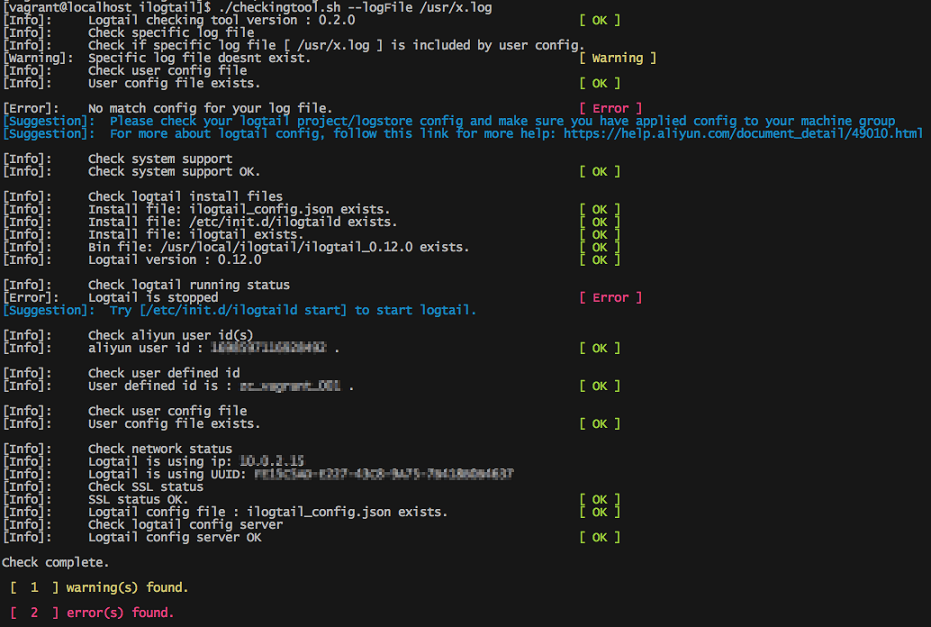
Ironically, there are still a lot of obscurities when it comes to Where will you send your Netlify logs data? Tell us on the Forums! Let us know where you’ve configured your integration and if you have any requests for future integrations.Observability is vital when it comes to producing and maintaining modernĪpplications. The current log format is limited to JSON only, and we’re exploring the ability to support NDJSON as well for increased compatibility with even more logging providers. You can also expect some enhancements to the formatting options available in the General HTTP endpoint log drain configuration. We’re constantly evaluating new integration points based on customer requests. In the coming months, expect to see even more direct integrations for Log Drains. In addition to the “create your own” option, Netlify also provides direct integrations with the following log management providers: While it may take a little more work up front to construct the fully-qualified URL for this option, it may enable you to export your Netlify logs even if we don’t offer a direct integration to your preferred log drain provider. It may take up to five minutes after log drain configuration for your Netlify logs to start appearing in Logtail.
#Logtail pricing full
When you paste your full URL with the source token into Netlify, the Netlify UI will obfuscate the full URL so that your source token is not exposed only the base URL will be shown after you hit Save.From there, you can filter, create custom views, create alerts and notifications, and more from these logs in Logtail. You’re all set! You can now click the Live Tail icon in the Logtail UI to start watching for your logs. In the Netlify app, paste the full Logtail URL (including the appended source token query parameter) into the Full URL field under your log drain configuration.In your text editor, append ?source_token= to the URL and replace with the token provided on the source screen in Logtail.From Logtail, copy the URL in “Send the request to” and paste this into a text editor where you will construct your complete URL.Select the types of logs you want to send to Logtail.Click the Log Drain Service dropdown and select General HTTP Endpoint.


From the Platform dropdown, scroll down to and select the HTTP option.Ĭonfigure your Log Drain in the Netlify App.Once you have this created, follow these steps to configure your Netlify log drain with Logtail: Create a Data Source in Logtail To start your integration, you’ll need a Logtail account. Up to 30 day log retention and available archival integrations.Direct SQL querying, filtering, and explorations.


We’re excited to announce the addition of a new General HTTP Endpoint option for Netlify Log Drains!


 0 kommentar(er)
0 kommentar(er)
